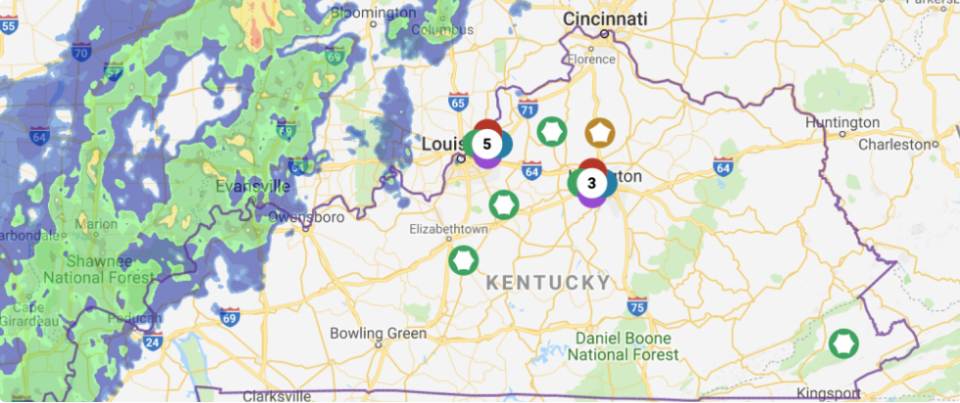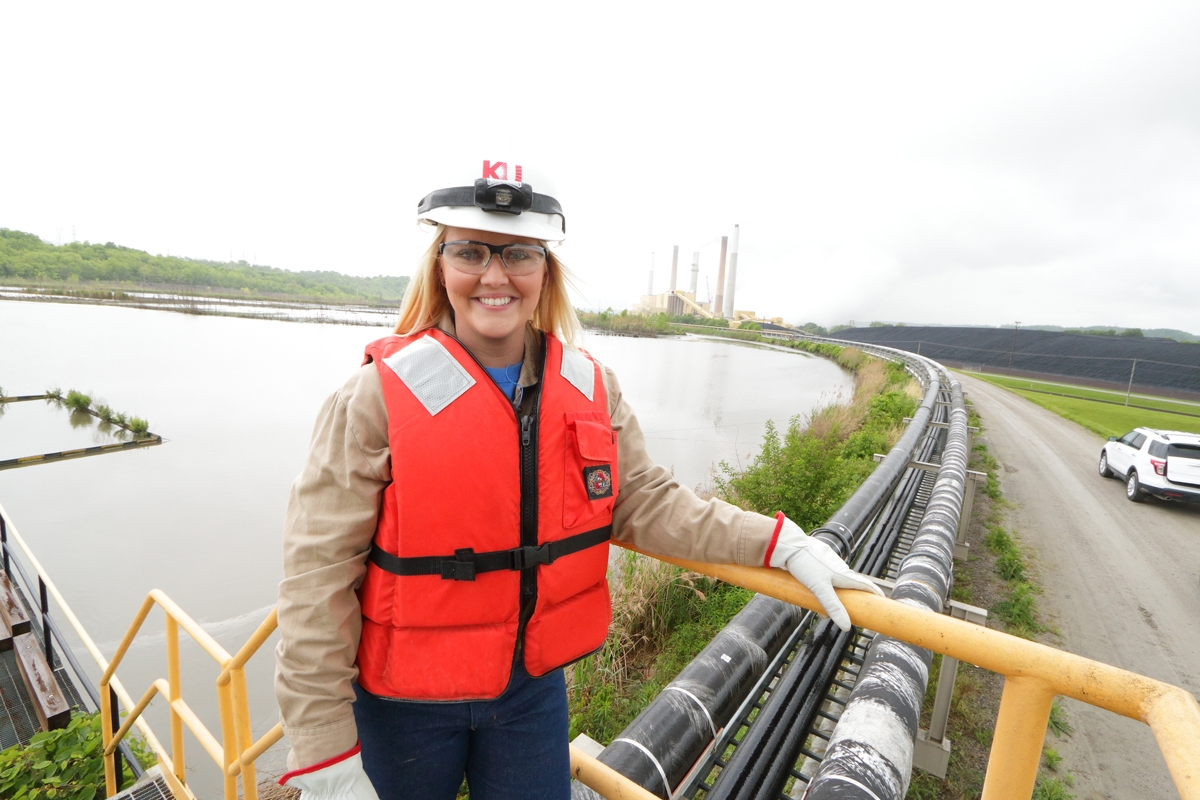In compliance with federal Environmental Protection Agency regulations, we continue our aggressive projects to close and cap the company’s ash ponds at various generating stations throughout our service territories.
The ash pond at our now-retired Cane Run coal-fired plant is already closed. The plant was converted to a natural gas combined-cycle (NGCC) unit in 2015.
At the E.W. Brown plant, only a small percentage of coal combustion residuals (CCRs) have been deposited in the ash pond since March, as that pond nears complete closure, which is expected next year.
The new CCR treatment facilities at our Trimble County plant recently began operation. Work on the new landfill will continue into 2020, with final closure of the ash pond scheduled for 2023.
Mill Creek plant’s new CCR treatment facilities are under construction, and three of the plant’s five impoundments are already closed. Complete ash pond closure is scheduled for 2021.
And at the Ghent plant, new CCR treatment facilities are operational and closure construction plans are underway for four of the five impoundments. Ash pond closure will be completed within the required timeframe.
For decades, millions of tons of CCRs that were produced during the coal-fired power-generating process have been beneficially used. For example, in 2018, one-and-a-half million tons of fly ash and gypsum were beneficially used in the manufacturing of cement, ready-mix concrete, wallboard and even as fertilizer for crops. In 2019, we project the sale of CCRs will generate over $8 million in revenue with 100 percent of the benefit returning as a credit to customers. Beneficial use of CCRs helps the environment and future generations by saving virgin natural resources that would otherwise have been mined to produce cement and wallboard.


